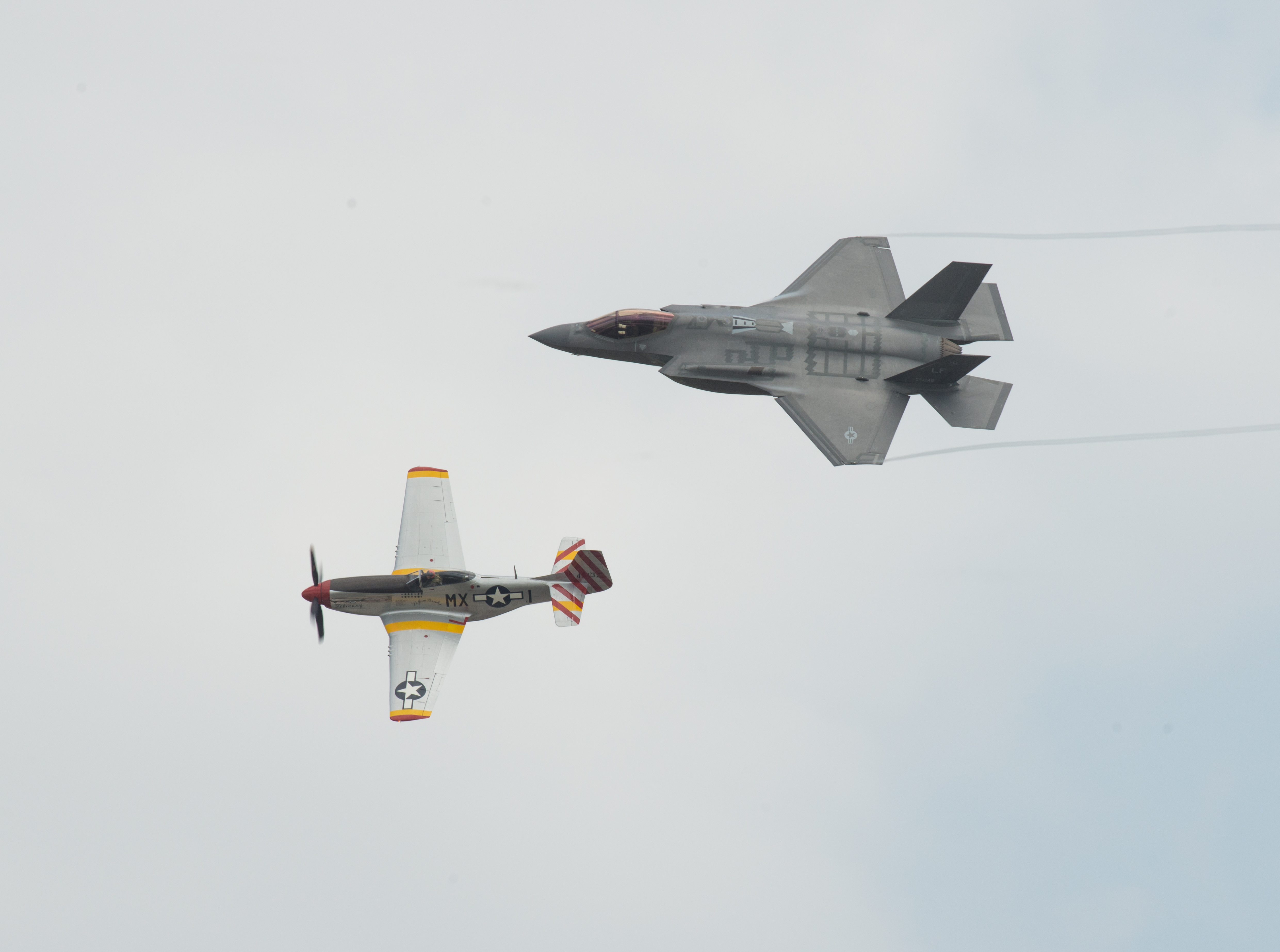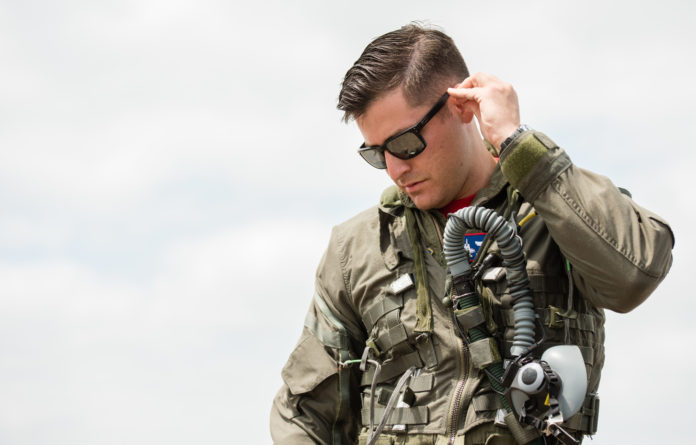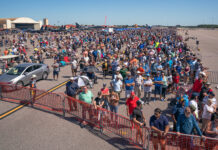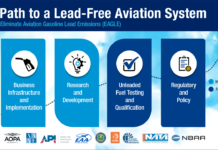The debut performances of the Lockheed-Martin F-35 Lightning II fighter have been the most anticipated acts in the air show business since the first air show demonstrations by the F-22 Raptor back in 2007. This year, the pilot responsible for introducing the F-35 to the public is Captain Andrew “Dojo” Olson.
Since graduating from Virginia Tech in 2010 with a degree in Aerospace Engineering, Olson has progressed quickly through the ranks of the United States Air Force, accumulating more than 1,500 hours in the F-15E Strike Eagle, T-6A Texan II, and T-38 Talon. In April of 2016, Olson transitioned from the Strike Eagle to the F-35.
“What I have to compare [the F-35] to is the F-15E, which I did not fly in air shows. But, from a handling perspective, I would describe the F-35 as a dragster,” Olson said. “Very intense acceleration, low-level, because it has the biggest fighter engine ever built. So, 43,000 pounds of thrust in just one motor.”
In addition to the F-35’s superior power and speed, Olson cites the aircraft’s advanced flight control systems as another defining factor of its airpower eminence.
“It is more agile, for sure, than the Strike Eagle was. But what I think really sets it apart is the flight control logic that it has.
It is just incredible,” Olson said. “So, the ability for it to maneuver itself at an incredibly wide range of air speeds and still be responsive is what I think sets it apart from, at least what I have experienced in, the Strike Eagle.”

As a contemporary military pilot, Olson greatly appreciates the opportunity to participate in the air show industry’s tradition of Heritage flights.
“Flying on the wing of a warbird is like a continuous process of blinking to make sure that you’re actually awake and it’s real. It’s just completely surreal to be like ‘Wow, I’m on the wing of a P-51 and the guys who fly them are just total pros,’” Olson said. “It’s a real honor to honor the legacy of the airmen that came before us and that’s what the Heritage Flight is all about: honoring and recognizing the past, present and future of Air Force airpower.”
Regarding the future involvement of the F-35 and the creation of an F-35 demo, Olson thinks the aircraft will be an excellent addition to the air show lineups across North America.
“As far as it performing on the air show circuit, it’s really a great jet for the crowd because it’s loud, it’s fast, it accelerates quickly and, eventually, when it does become a full-demo aircraft, I think it will put on a great show because it’s really maneuverable at full speed,” Olson said. “I think its demo is going to be a lot of high-alpha, high-angle attack, slow-speed, full afterburner maneuvers.”
To learn more about Captain Olson and the F-35 Heritage Flight Team, visit www.luke. af.mil/F-35-Heritage-FltTeam/.








